As part of the sign-up process to the BeUpstanding program, we ask workplace champions what they aim to achieve with the program. We have had our clever UQ psychology students analysing the responses and sorting the findings into main themes. In a previous blog article we reported on two of the most common themes, which were around improving health and wellbeing and supporting workers to sit less and move more. In this blog, Gilbert Leung examines findings around the themes of knowledge and environment.
A quick recap on methods
We received and analysed over three hundred responses regarding what teams hoped to achieve by taking part in BeUpstanding. Our team independently identified key response topics and grouped them into wider themes. We then came up with the final list of six themes: knowledge, behaviour, culture, health, work, and environmental change. We then coded all the responses into their corresponding themes. Some of the responses only applied to one of the themes, while some could be applied to several. We founds six key themes: This article focuses on responses around the themes of knowledge and environment.

Responses themed around knowledge
Do you remember how long you sat during work yesterday? Do you know why you should be sitting less and moving more? Establishing and cementing this knowledge is critical for generating and sustaining behaviour change. Many respondents identified the increasing the knowledge of their team around health and wellbeing as one of the key reasons they signed up to BeUpstanding.
For our team to have access to knowledge and understanding around their own health and wellbeing
One element of knowledge is awareness. Awareness is one of the basic components leading to behaviour change, and is particularly important for a behaviour such as sitting that is so habitual and influenced by so many factors. Many respondents identified that they wanted to raise the awareness of the consequences of prolonged sedentary behaviour in their team.
Be more aware of the benefits of moving more not only just at work but in their personal lives
Some of the knowledge responses were around understanding how a program like BeUpstanding might work within their organisation, with plans to pilot the program within a small number of teams.
Trialling within a smaller department but hoping to eventually run organisation wide
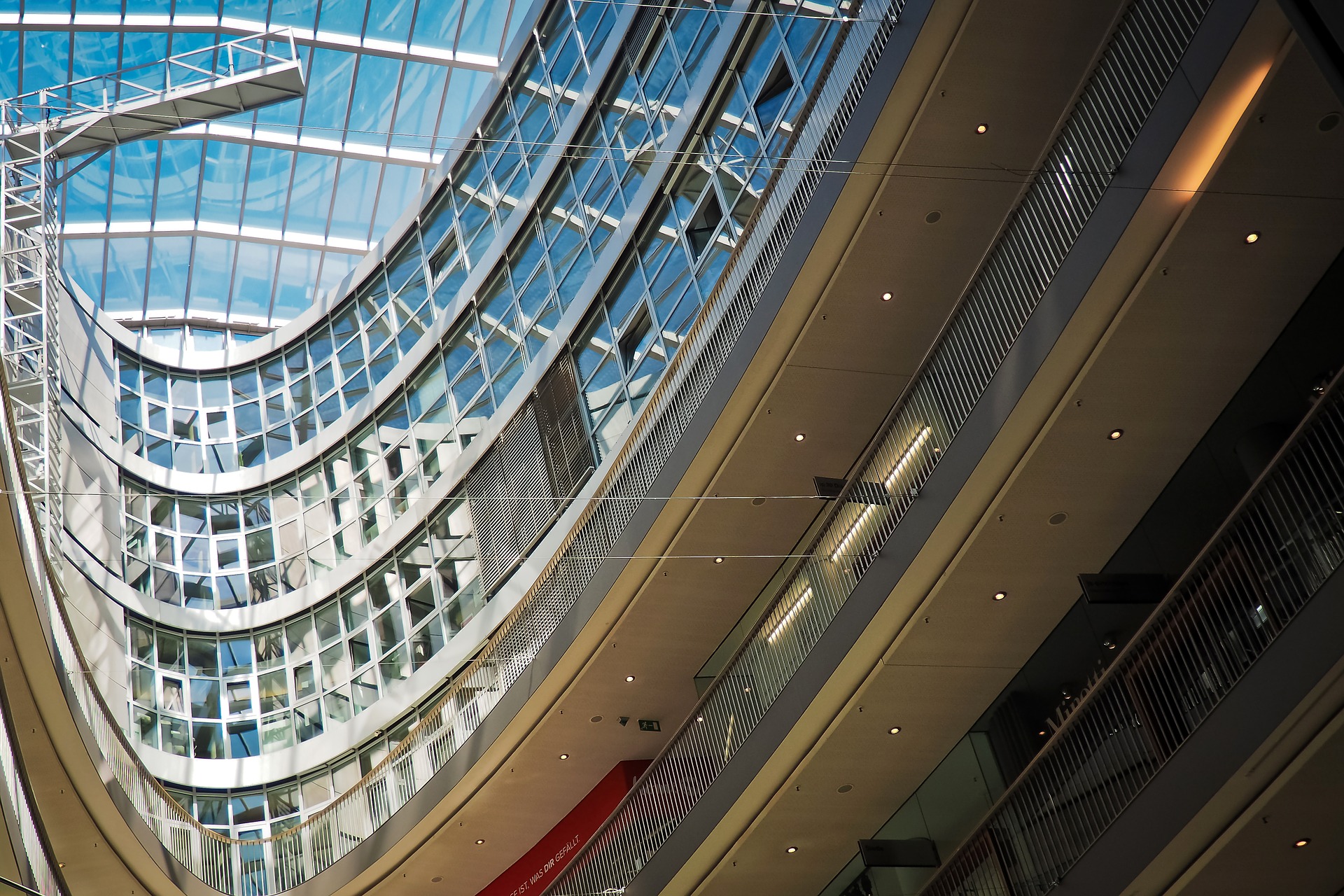
Responses themed around the Environment
Design of the office environment plays an important role in employees’ health and wellbeing. Factors such as lighting, acoustics, heating and cooling, availability of green space, and furniture also impact on work outcomes such as absenteeism and productivity. An environment can help to foster healthy choices. For example, having visibly appealing and accessible stairs in a more convenient position than the lifts is likely to promote increased stair use and associated increased physical activity levels of employees. Although less common than other themes, there were responses that specifically identified enhancing the environment to support workers to sit less and move more. Responses related to the environment were often coupled with aims related to behavioural changes.
We are currently renovating a new office, and would like to incorporate ergonomic design into our office spaces to promote movement and reduce sitting times etc.
Other respondents identified that they saw the program as a way to enhance the appropriate usage of their sit-stand workstations.
[To] Use the standing desks I bought more effectively!
Summing it up
Regardless of whether your team is taking part in BeUpstanding (and we hope you are!), having knowledge around the benefits of sitting less and moving more, and having a supportive environment to achieve these changes, can provide benefits for everyone. Stay tuned for the final part of this blog series where we explore the final two themes: culture and work.
This blog was written by Gilbert Leung as part of his placement with the BeUpstanding team.
![]()

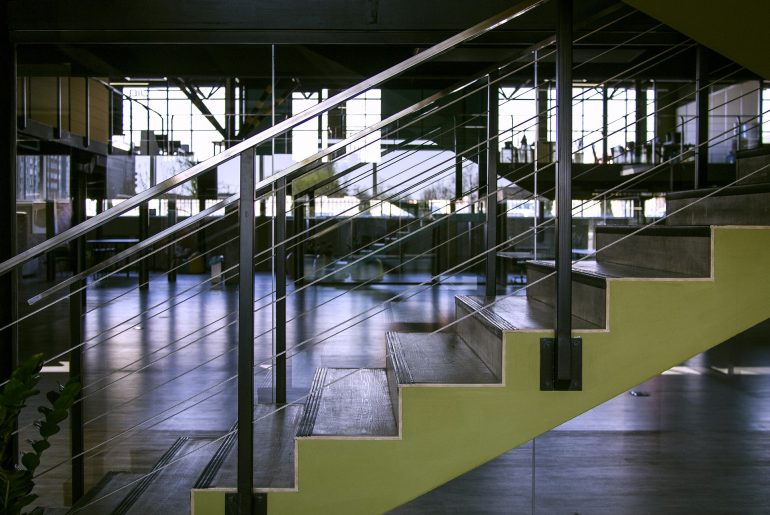


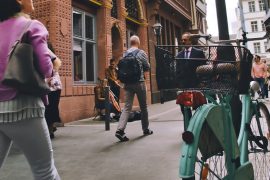
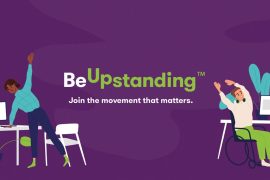

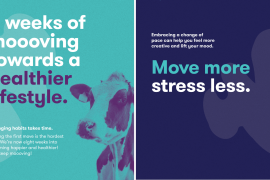


Comments are closed.